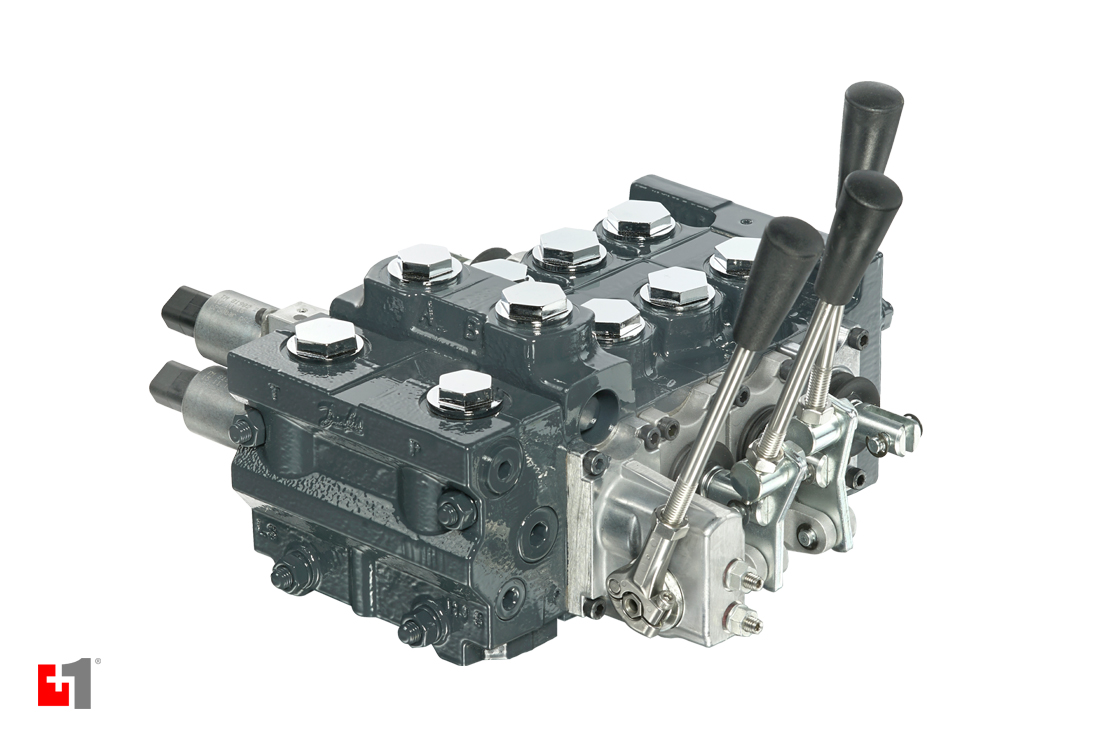Efficient Control Valves: Trick Parts for Effective System Administration
Efficient Control Valves: Trick Parts for Effective System Administration
Blog Article

Maximize Power Savings and Comfort With Advanced Building Automation Controls
In the realm of modern-day style and center monitoring, the assimilation of advanced structure automation regulates stands as a pivotal advancement. The convergence of modern technology and sustainability has actually birthed a brand-new era where power performance, comfort optimization, and functional streamlining are no more possible truths yet far-off aspirations. By harnessing the power of automation, structures can adapt, respond, and advance in manner ins which were when inconceivable. The potential for substantial energy financial savings and boosted comfort is not simply an opportunity but a guarantee waiting to be fulfilled. This standard shift in building monitoring holds the essential to opening a world where ecological conscientiousness and occupant wellness sympathetically exist together within the wall surfaces of our structures.
Energy Efficiency Conveniences
Energy effectiveness benefits can substantially minimize power usage and functional expenses in buildings. Energy-efficient systems, such as sophisticated building automation controls, can enhance the usage of sources like cooling, lighting, and heating, leading to lower energy expenditures over time.
Moreover, boosted energy effectiveness can lengthen the life-span of structure tools and systems. By running a lot more successfully, a/c systems, light, and other building parts experience much less wear and tear, leading to minimized maintenance and substitute expenses. In addition, energy-efficient buildings frequently regulate higher residential property values and rental prices, supplying long-term monetary benefits to owners.
Furthermore, energy efficiency can improve occupant convenience and productivity. Appropriately regulated interior environments with ideal lights and thermal conditions develop a more positive and conducive work space, resulting in boosted employee contentment and performance. Generally, the power efficiency benefits connected with advanced building automation controls are complex, incorporating expense financial savings, environmental stewardship, and passenger health.
Enhanced Convenience Control
Enhancing convenience control in building environments requires a sophisticated assimilation of innovative automation systems for optimum passenger wellness. By using innovative building automation controls, facilities can customize the indoor environment to meet the details requirements and preferences of occupants. control valves.
By including these sophisticated controls, structures can not only improve convenience but additionally boost energy performance by enhancing system procedures based on actual occupancy and use patterns. Ultimately, focusing on owner comfort via advanced automation systems leads to a much more enjoyable and healthier interior setting.
Operational Effectiveness Improvements

In addition, the implementation of real-time surveillance and analytics tools makes it possible for building drivers to recognize energy inefficiencies and operational abnormalities without delay. By constantly checking energy use patterns and system performance metrics, adjustments can be made in real-time to optimize power usage and make certain peak operational effectiveness. control valves. Furthermore, integrating need action techniques right into building automation controls can further boost operational performance by dynamically readjusting power use based on grid conditions and prices signals
Indoor Environment Optimization
Reliable interior climate optimization is a basic facet of building automation controls, ensuring occupants' convenience and wellness while making the most of informative post power financial savings. By making use of advanced sensors and controls, developing automation systems can continuously adjust and monitor temperature, humidity degrees, air quality, and ventilation to produce an ideal indoor atmosphere. Maintaining comfy and consistent conditions not just enhances passenger complete satisfaction however additionally enhances productivity and general wellness.
Interior climate optimization likewise plays a critical role in power efficiency. By fine-tuning air flow, heating, and air conditioning systems based upon real-time information and tenancy patterns, building automation controls can considerably decrease energy intake - control valves. Executing strategies such as demand-controlled air flow and thermal zoning can assist reduce energy click this link waste while making sure that each location of the structure gets the necessary conditioning.

Sustainable Environment Development
Building automation regulates not just optimize indoor climate conditions for power effectiveness and resident convenience but additionally lay the structure for developing a sustainable atmosphere through critical monitoring of sources and systems. By incorporating sophisticated building automation technologies, such as sensing units, actuators, and smart software program, centers can change and check power use in real-time to minimize waste and decrease their carbon impact. These systems make it possible for anticipating upkeep, determining potential problems before they escalate and optimizing tools efficiency to improve long life and performance.
Additionally, lasting setting production extends past power monitoring to incorporate water conservation, waste reduction, and indoor air top quality enhancement. Building automation controls can control water usage, find leaks, and make certain proper waste disposal practices, adding to total sustainability initiatives. Additionally, by controlling and checking ventilation and filtration systems, these technologies boost passenger health and performance while decreasing energy intake related to heating and cooling operations.
Verdict
To conclude, advanced building automation manages offer significant benefits in terms of energy financial savings, convenience control, functional efficiency, indoor climate optimization, and producing a sustainable environment. By implementing these controls, buildings can attain ideal efficiency while minimizing power intake and boosting owner convenience. It is obvious that the usage of innovative automation innovation is vital in enhancing building efficiency and developing a much more sustainable future.
Power effectiveness benefits can considerably decrease energy usage and operational expenses in buildings. On click now the whole, the power performance advantages connected with innovative structure automation controls are multifaceted, encompassing price financial savings, ecological stewardship, and resident well-being.
In addition, integrating demand feedback approaches right into building automation controls can additionally boost functional effectiveness by dynamically readjusting power usage based on grid problems and pricing signals.
Building automation regulates not only maximize interior climate problems for power performance and resident comfort but additionally lay the foundation for creating a lasting setting with calculated monitoring of resources and systems.In final thought, advanced structure automation regulates deal considerable advantages in terms of energy cost savings, comfort control, functional performance, indoor environment optimization, and developing a lasting setting.
Report this page